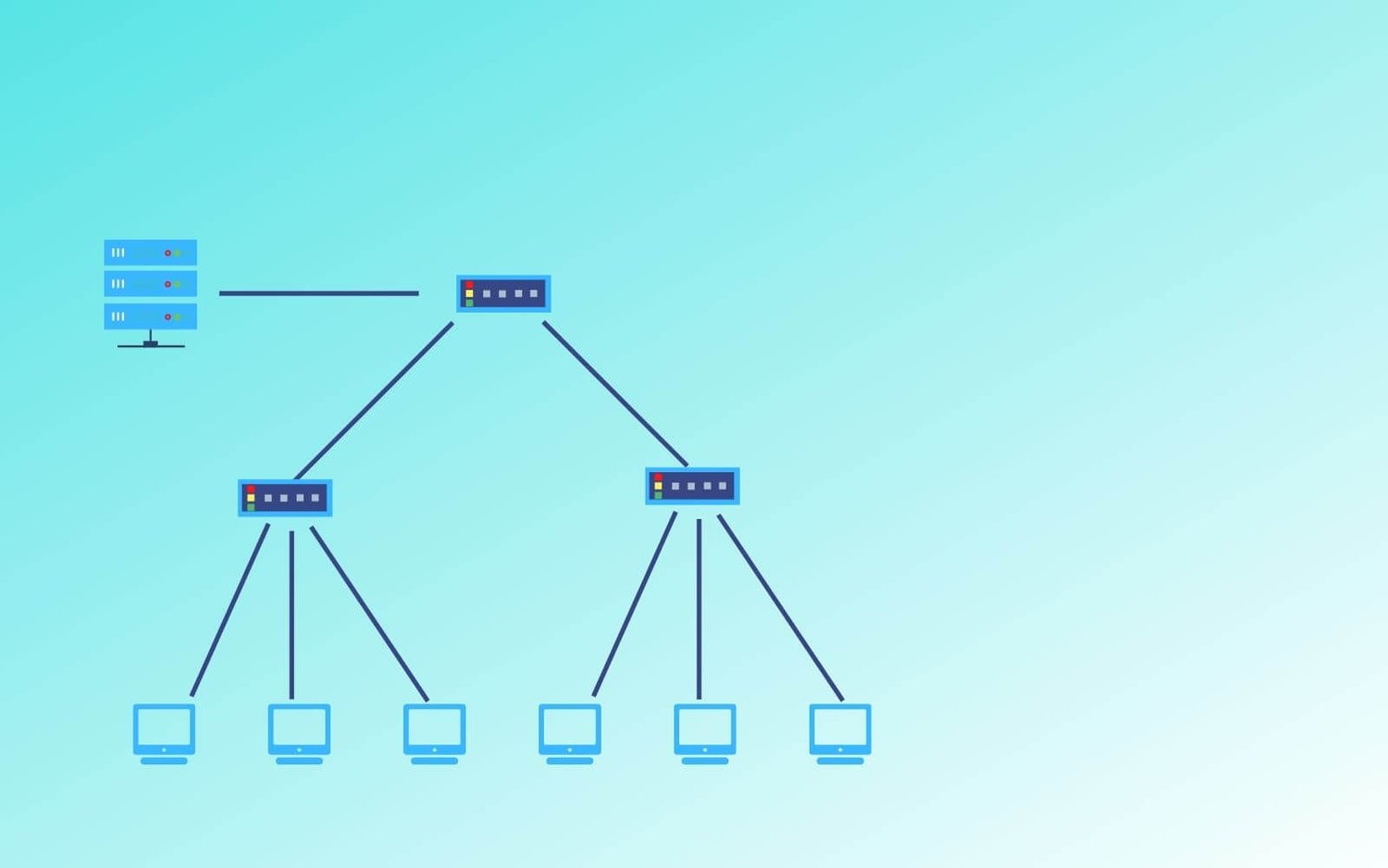Network security is an ever-evolving landscape. As technology advances, so do the threats and dangers that lurk on the web. With the right solutions and strategies, though, it’s possible to stay one step ahead of these threats and remain safe online. One such strategy is VLAN, or a virtual local area network. A VLAN is a secure segmentation of an existing LAN that offers built-in security and additional capabilities for certain tasks. In this blog post, we will explore what a VLAN is and how it can help with your network security. We’ll also look at some of the different types of VLANs available and their particular uses in securing your business data.
What is a VLAN?
A VLAN, or virtual local area network, is a type of networking technology used to create separate networks within a single physical network. VLANs are often used to create isolated networks for security purposes, such as creating a separate network for guest users that cannot access the rest of the network. VLANs can also be used to improve performance by segmenting traffic and reducing congestion on the network.
How can a VLAN help your network security?
A VLAN can help your network security in a number of ways. By creating virtual partitions, it can segment your network so that sensitive data is better protected. This way, if one part of the network is compromised, the rest of the network remains secure. Additionally, VLANs can be used to create DMZs (demilitarized zones), which are isolated areas where only certain types of traffic are allowed. This can be useful for preventing outside attackers from accessing your internal network.
What are the different types of VLANs?
When it comes to VLANs, there are three different types that are commonly used: data, voice, and video. Data VLANs are typically used for things like file sharing and email, while voice and video VLANs are used for things like VoIP and streaming media. Each type of VLAN has its own set of benefits and drawbacks, so it’s important to understand the differences before you decide which one is right for your network.
Data VLANs:
– Can be used for a variety of purposes, including file sharing and email
– Offer more flexibility than voice or video VLANs
– Can be more complex to set up and manage
– Are designed specifically for VoIP traffic
– Offer better quality of service than data VLANs
– Can be more expensive to set up and maintain
– Are designed specifically for streaming media traffic
– Can offer better quality of service than data or voice VLANS
– May be more expensive to set up and maintain
How do you set up a VLAN?
A VLAN is a virtual LAN that allows you to segment your network into different areas. You can use VLANs to improve security, performance, and manageability of your network. Setting up a VLAN is easy and can be done in a few simple steps:
- Choose the right hardware: In order to set up a VLAN, you will need a router that supports VLANs. Many routers come with built-in support for VLANs, so check your router’s documentation to see if it supports this feature. If it does not, you may need to purchase a separate router or switch that supports VLANs.
- Configure your router: Once you have the proper hardware, you will need to configure your router for the VLAN. This typically involves creating a new network interface for the VLAN and assigning it an IP address. Consult your router’s documentation for specific instructions on how to do this.
- Connect your devices: The next step is to connect your devices to the new VLAN. This can be done by physically connecting them to the appropriate ports on your router or switch, or by configuring their software to use the correct VLAN ID. Again, consult your device’s documentation for specific instructions on how to do this.
- Test your setup: Once everything is connected and configured, test your setup by pinging between devices on different networks within the same VLAN. If everything is working properly
Conclusion
VLANs are an essential tool for network security as they can help segment your LAN, isolate traffic types and protect sensitive information. They also give you greater control over the flow of data on your network, allowing you to prevent unauthorized access and better manage resource allocation. If you are looking for a comprehensive solution to secure your network from external threats and keep internal data safe, then VLANs should be at the top of your list.
